UK Trout Fishing For Beginners - Basics Of How To Fly FIsh!
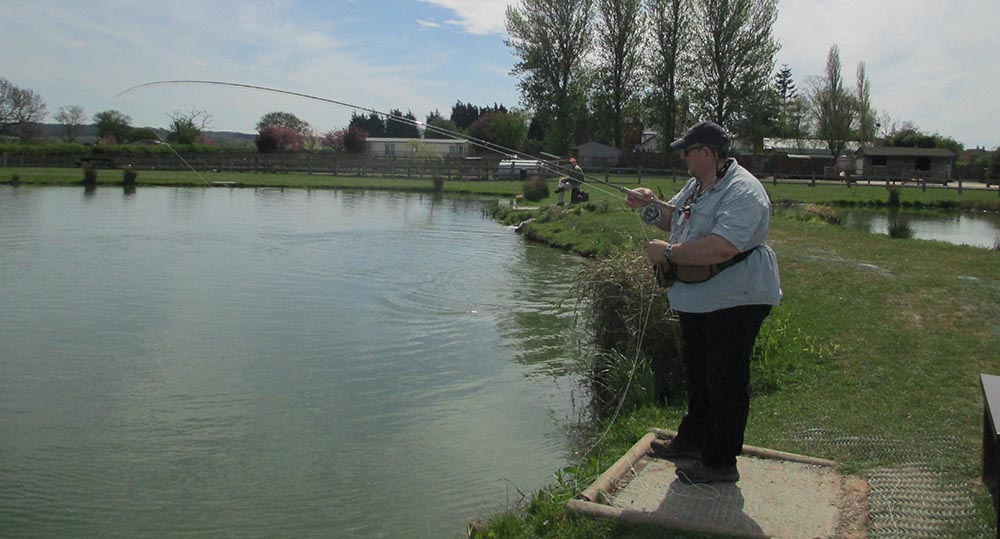
Guide To UK Trout Fishing For Beginners -Basics Of How To Fly Fish!
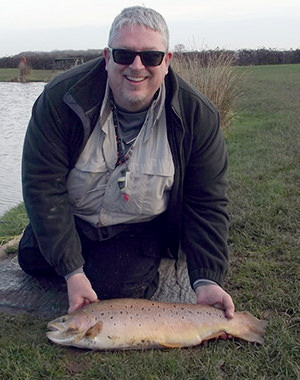 We love to fly fish for different species of trout ranging uk trout fishing either in a chalkstream, stocked reservoir or stillwater fishing for rainbow trout, brownies or blues. to worldwide fly fishing from cutthroat to marble trout or brookies. Different species and destinations demand different tackle and flies and you will find all you need from The Essential Fly. On a small brook you may be using a 3 weight trout rod with size 18 flies on a 1lb tapered leader, however on a large reservoirs you may be casting an 8 weight fly rod with ghost tip fly line or boat fishing using a competition drogue to stop your drift.So you want to learn the incredible sport of fly fishing? Wonderful! Trout fishing is a fun and amazing sport and hobby. It gets you up close and personal with the serenity and peace of nature, yet provides the sporting challenge of out smarting the fish.
We love to fly fish for different species of trout ranging uk trout fishing either in a chalkstream, stocked reservoir or stillwater fishing for rainbow trout, brownies or blues. to worldwide fly fishing from cutthroat to marble trout or brookies. Different species and destinations demand different tackle and flies and you will find all you need from The Essential Fly. On a small brook you may be using a 3 weight trout rod with size 18 flies on a 1lb tapered leader, however on a large reservoirs you may be casting an 8 weight fly rod with ghost tip fly line or boat fishing using a competition drogue to stop your drift.So you want to learn the incredible sport of fly fishing? Wonderful! Trout fishing is a fun and amazing sport and hobby. It gets you up close and personal with the serenity and peace of nature, yet provides the sporting challenge of out smarting the fish.
Fly fishing seems quite overwhelming at first, but don't worry, this beginners guide is intended to teach you all the basics, and give you the basic knowledge and tools to get out there are start fly fishing!

Fly fishing and the evening rise
This guide is intended to be a high level guide for new fly fishers. In our blog there are many other articles to help or call / email our store for help and advice.
So lets get going, what is in this guide?- An introduction to fly fishing
- Introduction to the basic fishing tackle
- Your fly rod and fly reel
- Introduction to fly backing, fly line, tippet and leaders
- Fishing flies, floatant and sinkant
- Other typical fishing accessories
- Fly fishing tackle setup
- The basics casting a fly
- Some final tips
1. An Introduction to Fly Fishing
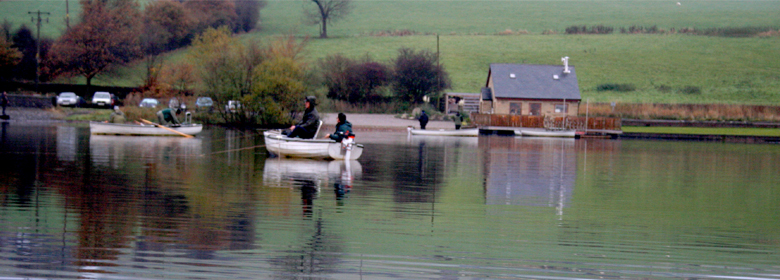 When you first look at this hobby it can be daunting with new terminology like weight forward, line weight, rod action for example but don’t worry, we can break that down and learn as we develop. You would not expect to be facing a Formula One car the day you pass your driving test and fly fishing is the same, we build up gradually and like every hobby practice and develop our skills.
When you first look at this hobby it can be daunting with new terminology like weight forward, line weight, rod action for example but don’t worry, we can break that down and learn as we develop. You would not expect to be facing a Formula One car the day you pass your driving test and fly fishing is the same, we build up gradually and like every hobby practice and develop our skills.
Often looking into the sport many people get overwhelmed and decide not to get into the sport which is unfortunate, it is amazing being at one with nature and catching fish. Do not expect to get your fly fishing gear and bring home lots of fish from a reservoir the next day! You need to develop the skills with your gear, learn how it operates how to cast and how to read the water to see where the fish are hiding then finally learn what fly is needed and how to present it. When it comes together you will get the greatest buzz ever!
As a fly fishing shop you will be surprised that buying kit is not the first and most important thing to do. Indeed our recommendation is to go fly fishing with an experienced fly fisherman or even better go with a professional fly fishing guide for a day. Although an investment your guide will probably loan you the gear you need and help you learn quickly and when you go fishing they will advise you how to catch fish. Take your time, learning fly fishing will become part of the experience of a life time. Fly fishing often takes part on pristine waters as trout, salmon grayling like high quality and usually well aerated water which is often in fantastic countryside.
2. Introduction to the basic fly fishing tackle
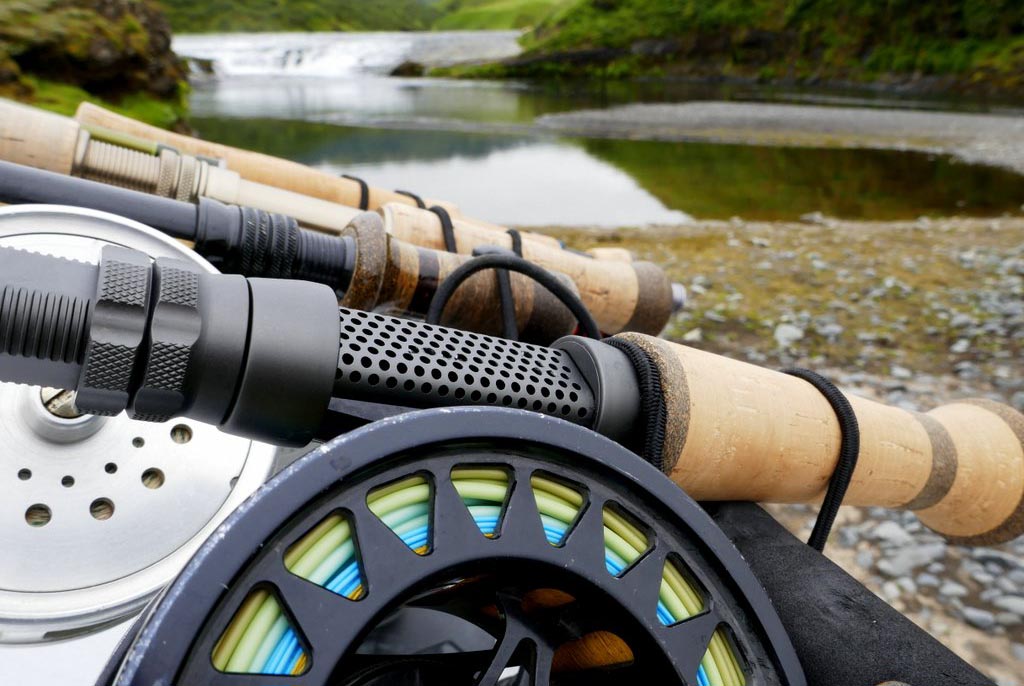 So now you are ready the first thing you need is basic fly fishing gear. There is lots of tackle and gear you can get but lets focus on the absolute essentials you need. Many things available from shops are just not needed to get going.
So now you are ready the first thing you need is basic fly fishing gear. There is lots of tackle and gear you can get but lets focus on the absolute essentials you need. Many things available from shops are just not needed to get going.
What is the basic fly fishing tackle you need? Don’t worry we will explain each part as we go!
- A fly rod and fly reel
- Backing, Fly line, Leader and Tippet
- Oh and of course flies and fly treatments
There are many other items like fly nets but often you can borrow these at reservoirs, lets focus on the basics. Many manufacturers offer complete starter kits or we can put a package together specifically matching the type of fishing you are planning to do and matching your budget.
Many fly fishermen buy just cheap rods that are useless at casting the fly, difficult to use and stop fishing as a result. Using a fishing guide or experienced fly fisherman try their gear to see what feels right. Much of the modern gear is made from high tech materials that are great at casting flies whereas a 2nd hand rod from eBay may be little better than using a bamboo garden cane from a garden centre. Take advice! Many of the current manufacturers offer stunning tackle aimed at a range of budgets and we can help advise you.
Your first term to learn: Weight or line rating is a term used in fly fishing to define the tackle. So fly line should be matched to the reel and rod so for example a #3 or 3 weight rod will have a #3 weight reel and #3 weight line. Ratings usually are #0 to #16.
3. What to look for in Fly Fishing Rod and Reel
The fly rod and reel are the two most important items you will purchase and take up a large portion of your budget. Rods can range from £50 to over £1,000 based on the materials they are made from, quality of construction and warranty. However first you need to decide where you want to go fly fishing because that dramatically affects your choices at this early stage. In the same way when driving we would not get a 2 seat sports car to drive off road up the side of a mountain or a get a 7 seat family car for a single adult who just drives 5 miles to the local supermarket every few days.
There are two basic considerations with fly rods which are line rating or line weight and length. Line rating or weight is usually a number for example #3 or 3 weight. This is then used to match the fly line and fly reel.
If you are fishing small brooks you may want a 8 foot fly 3 weight rod and reel but if fishing a reservoirs from a boat you may want a 10 foot 7 or eight weight fly rod and reel. Once you have decided on where you are going to fish we can quickly work out which rod is most suitable.
Below is a table indicating typical rod weight and where you would use them.
Fly Rod Line Weight | Typical Fly Fishing Usage |
#2/3/4 | Stream / brooks for Brook & Brownies & Grayling |
#5 | Small rivers, brooks & streams for Brownies & Grayling |
#6 | Rivers and small lakes when fly fishing for Brown & Rainbow Trout |
#7 | Used for Lakes, boats & reservoir for Rainbow Trout, Larger Brownies & Blue Trout, Small River Grilse Fishing |
#8 | Reservoir & boats, plus saltwater fly fishing for Rainbows, Larger Brownies & Blues, Salmon Grilse Fishing & saltwater species |
#9 | larger rivers and reservoirs fly fishing for large trout, largemouth bass, pike, steelhead & salmon |
#10/11/12 | Large rivers & saltwater, Salmon & Saltwater species |
Rod lengths vary according to where you will be fishing and the techniques. We can advise you on all of this and help here.
Fly Fishing Rod & Reel Tips:
- Fly rods and reels should be matched so they perform well together
- Fly fishing outfits are pre-matched and often discounted compared to buying the items separately
We can help with our team of professional advisors, please call lor email!
Fly Reel Tip: you usually wind the reel with your non-dominant hand which is reserved for holding and casting the fly rod. Check that the reel is setup to wind in the correct direction. All good fly reels are adjustable for winding direction.
Our Starter Kit Recommendations:
Click here to see the starter outfits available
4. Backing the Fly Line, Leader and Tippet
Important Fact: There is often no weight on the end of the fly line just the fly. Without weight in the fly, it's impossible to make a distance cast. As a consequence in fly fishing, the weight comes from the flyline itself, which is why fly line is so much thicker. It is attached to a leader and tippet which may be very fine. The line propels the fly from the casting action of the rod, this then carries the fly out until the fly line is fully extended then the motion continues through the leader and tippet which gently land the fly on the water to avoid spooking fish and avoid the fish seeing the tippet and leader. The fly, tippet and leader may then sit of the surface or gently sink as required.
Your “cast” will comprise of 4 components that fit together between the fly reel and fly that are used to present the fly to the fish you are chasing. The 4 components are the backing, fly line, leader and tippet which are tied together using either specialist knots or using braided leaders which are added to make connection simpler.
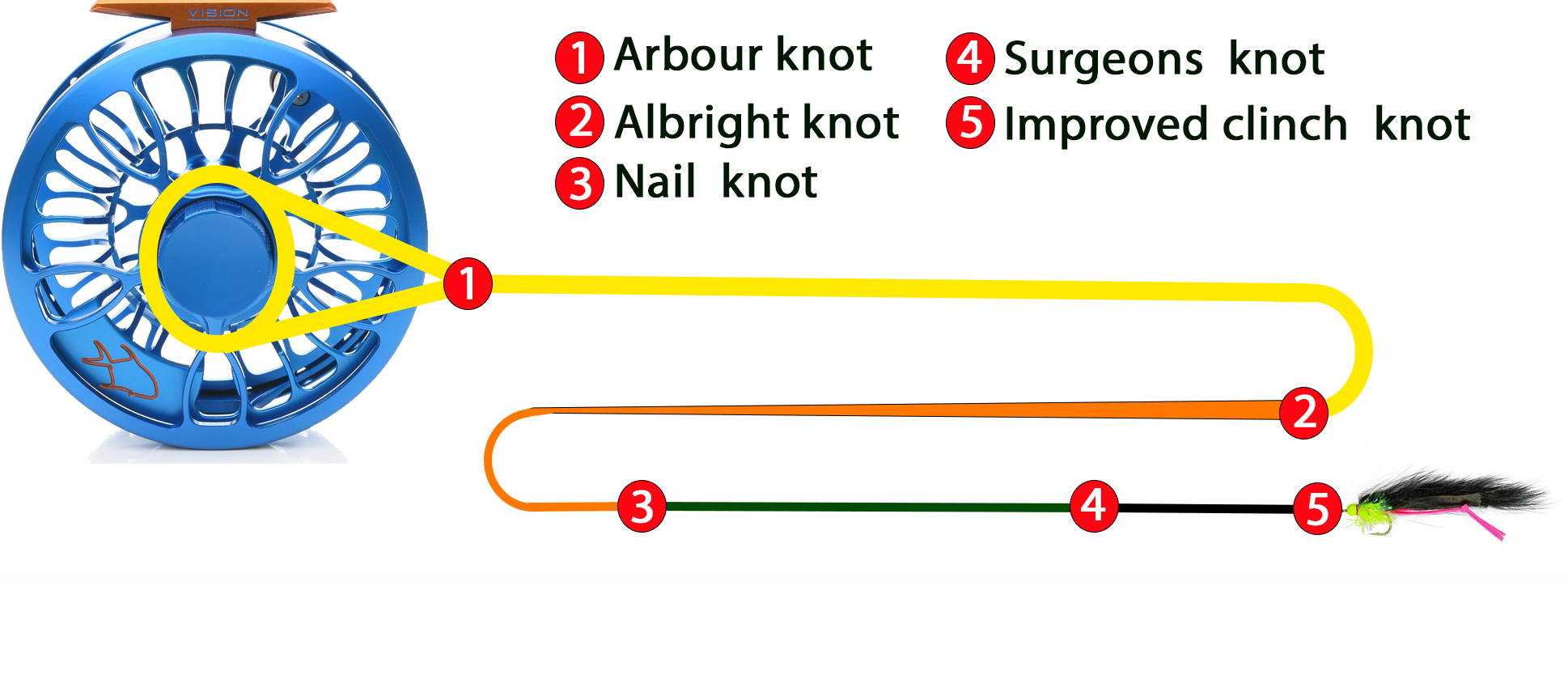
Backing
The backing is a braided line that sits between the reel and fly line. It will be rated for a certain breaking strain for example 12lb or 20lb. The backing does 3 things for us 1) it will allow the fly reel to be filled so that the fly line comes easily off the reel 2) reduce memory from the fly line being wrapped tightly around the reel and finally 3 be used in event of a fish swimming away and you needing to let line out to avoid losing the fish.
Fly Line
We could write lots about fly lines as they are a science in their own right and we can look at tapers, profiles but we will keep it simple here for the beginner.
A fly line maybe quite thick and is usually coloured so that we can see it at distance. The tick section of the flyline is where the weight is distributed inside the plastic coating. Fly lines can float (floating fly lines), drop slowly through the water (Intermediate fly lines) or sink (sinking fly lines). There are many other types of fly line with for example midge tips where the front 5 feet dips down into the water to allow different presentation for specific fly types. However typically lots of fishing is done from the surface and a floating fly line is usually the perfect initial flyline.
Important fact: Fly fishing is all about presenting the bait (the fly) on the water, without the fish recognizing that it's attached to anything. This is where the leader and tippet come in as the last 2 components in our cast.
The Leader
This is usually tapered, meaning it starts thick and ends thin and can come in different lengths usually from 9 to 15 feet. The leaders has multiple purposes. It stops heavier lines ‘slapping’ onto the water and scaring the fish as the energy you put into the rod casting is transferred down the fly line and through the leader to the fly. In a perfect cast we look for the line and leader to almost roll out and then the tippet to gently touch the water with the fly.
The Tippet
This is the last component getting the fly to the water. It maybe fluorocarbon which is virtually invisible in water and sinks but has little stretch or monofilament which floats and can stretch. Each has its advantage. Our advice at early stage of fly fishing is keep it simple and use monofilament on the surface or fluorocarbon for flies that are presented subsurface. Each tippet material required different knots to maximise strength.
Tip: Make sure the tippet material is the thinnest possible for the size fish you are expecting to catch and balance the material with your rod. If the rod is flexible then it can absorb a fishes run so you will not need as thick material. If your rod is stiffer and has little give then a stronger breaking strain tippet will be needed to ensure that the tippet does not snap when a fish runs.
5. Fly Fishing Flies
Fishing flies are the ‘artificial ‘bait’ we will use to catch our fish. We can tie our own flies or purchase pre made flies. Fly tying is another exciting off shoot from fly tying and not required initially. So let us look at our flies, there are typically 4 types of fishing flies.
Dry Flies
A dry fly presents the ultimate buzz for a fly fisherman as a trout comes to the surface and slurps down the fly or leaps and grabs our dry fly. Dry flies are designed to imitate flying insects that land or float on top of the water.
Nymphs
A nymph resembles a subsurface creature like a larvae of a blue winged olive or caddisfly. Nymphs are fished below the surface of the water.
Streamer or Lures
A streamer or lure is typically imitating small fish, leaches or tadpoles. These are often larger flies.
Wet Flies
A wet fly it fished below the surface. It often has hackles creating movement like spider fly patterns.
Hooks
Our fishing flies may have barbed or barbless hooks. Always check the venue you are going to and make sure you understand what their rules are. Many venues demand either barbless or crimped hooks as this causes less damage to a fish. It is easy to crimp a hook using a pair of pliers to crush the barb flat. We would always prefer to use barbless hooks. Barbless does not mean that you are less likely to catch a fish. As long as your fly line keeps tight between the rod tip and fish then it is not easy for the fish to throw the hook.
Floatant
Flies that are designed to float on the surface imitating a midge, lake olive or caddisfly are designed to sit on the surface film. Some flies are designed with floating materials like polyyarn or foam which float naturally however many materials however gradually absorb water or on rivers fast movement as the fly drifts down stream can cause the fly to sink which is not where a dry fly is intended to be. To prevent this we use a floatant which may be grease, oil or powder based. Simply putting a floatant onto a thumb and finger means we can apply it to the fly to keep it afloat longer.
Sinkants
Our fishing fly is usually made from synthetic materials, fur and feathers wrapped around a hook. On a nymph or streamer we may want to fish this subsurface but it could have materials that are stopping it immediately dropping below the surface. To make a fly sink we use a sinkant like gink which will ensure upon hitting the surface the fly sinks. Additionally we may use a line degreasant like mud which will both degrease the leader and tippet and reduce flash. Grease from the manufacturing process can artificially cause a fly line, leader, tippet or fly to float.
6. Other Typical Fly Fishing Accessories
There are some basic accessories that are highly recommended for the beginner fly fisherman and these will come down to available budget. Although not essential on a first trip with your own gear these are items that you will gradually purchase to enhance the sport. Accessories may include:
- Fly fishing net or landing net
- Fly Box
- Priest
- Fly fishing polarised sunglasses
- Fly fishing luggage
- Waders and wading boots (if fishing in the water)
- Luggage for storage of your fly fishing gear
7. Fly fishing tackle setup
So we have all of our fly fishing tackle now lets put it together. Almost always the first question is how do I put it all together. Good shops like The Essential Fly will put the tackle together on request but there is no alternative to setting up your own tackle, it is the best way to learn. There are different knots that are worth learning to tie for your fly fishing as shown below
So here are the basic steps:
- Before you touch the rod lets get your cast setup for this you need your fly reel, backing, fly line, leader and tippet material.
- Your fly line is brand new and can have residue from manufacturing, for example silicon oil may have been used in the manufacturing process so we should clean the fly line before use. DO NOT remove labels, these will show you which way round the fly line attaches. Either use the proprietary line cleaners provided by manufacturers for cleaning your fly line or use warm soapy and your sink. Wet a clean cloth and pull the line through the cloth 2 or 3 times ensuring that you re-soap the cloth. When pulling do not be afraid to put the line under a little tension to remove any kinks of memory in the line.
- Having made sure your line is clean dry it with a flannel or handkerchief and apply a line floatant for dry fly line or sinkant on a sinking or intermediate line. This ensures that line will perform exactly as intended.
- Now we with use loop to loop connections, braided connectors or specific fly fishing knots to attach our backing, fly line and leader.
- Look at the amount of backing required for your reel from the manufacturer specifications. You need sufficient backing so that the backing and fly line fill the reel spool (arbour). Use an arbour knot to tie the backing to the reel.
- Next take the end of the fly line marked to reel (usually on a small label). The fly line will either have a loop in which case you can use a loop to loop connection. Wind all except the last 3 feet of fly line onto the reel.
- Either using a nail knot, braided connector or nail know connect the fly line to the leader. Your cast is now ready for final connection to the tippet which you would usually put on at the river once you know what strength tippet material is required.
- Attach your reel to your rod. The real sits at the base of the rod and should be screwed into place so it cannot fall off.
- At the river, lake or reservoir add the tipped to the leader and use an improved clinch knot to connect the fly to the tippet. You are ready to fish.
8. The basics casting a fly
Casting a fly line can take lots of practice. As with any sport there are lots of different techniques, from overhead casts, roll casts, arrow casts, side arm casts and many more. Our advice is that to appreciate your hobby long term spend some money on a guide who will help teach you the basic casting techniques. Long term you will find this returns massive benefits in enjoyment of the sport.
When you start fly fishing the overhead cast is the cast to start with and it is the foundation to many other fly fishing casts. In summary the technique is to bring the fly line behind you then cast it in front of you landing the fly gently on the water.
- Holding the rod in the middle of the grip which should be its balance point grip the rod with your thumb on top and pointing towards the rod tip. Hold the fly line against the rod handle to stop any fly line coming off the reel. Doing this you can release fly line as needed by relaxing the pressure of your fingers trapping the line on the handle.
- Point the rod slightly downwards so gravity does not take the fly line back to wards the reel and pull 10 yards off the fly reel and dropping it on the ground in front of you.
- With casting a fly rod you must keep your wrist stiff without flexing or bending as this will upset the cast. So lift your arm until the line is tight between the floor and rod.
- Rapidly lift your arm to between 12 and 2 o’clock so it is pointing in the air slightly behind you and pause. Do not rotate the rod so it pointing directly behind you. The objective of the rapid lifting of the rod is that the fly line will fly backwards and ‘load the rod’. Because of the natural spring ion your fly rod materials the line will bend the rod slightly and once the line has curled in a loop behind him then quickly bring the rod forwards to the 10 o’clock position and the line will fly forwards. Your line will go in the direction of the rod tip and the faster the movement the further distance the case will go. Hopefully your line will extend then the fly will gently drop to the surface.
Common casting issues are
- Starting and stopping to slowly. The rod movement needs to be rapid to load and unload the rod.
- Miss timing the pause on the back cast. If it is too long the line flops behind and too short and you will hear a whip crack and the line will not necessarily go as far as the rod has not been fully loaded.
- Using your wrist as you move the rod as this will stop the cast from creating the nice tight loop that is required for a perfect cast. This can easily be stopped by using a casting wrist band or putting the rod into your jacket sleeve as this stops the wrist rotation.
9. Some Final Fly Fishing Tips
There are some basic tips that can really help you with your fly fishing.
- Practice your casting, even casting lines on grass with a piece of wool rather than a fly will help you. Getting your casting correct is critical for long term fly fishing success.
- One of the most important tips even given to us as fly fishermen was to chat to other fly fishermen. Most will willingly offer advice. Ask what techniques they use, flies and what times of day are good.
- Start fly fishing finding a spot close to home where you can go for even just an hour or two in the evening. You don’t need a full day to enjoy fishing
- Research what is flies are hatching and at what time of day the hatches occur. If you time it for when you know fish will be biting. Indeed one of our Pro’s is often going fishing as most people are leaving. They will have spent a full day on the river yet in the last short while from dusk to night he will have massive fish in a very short time.
- In your early fly fishing hobby make sure you leave plenty of space around you for your cast. There is nothing more frustrating than getting tangles in bushes, fences and trees.







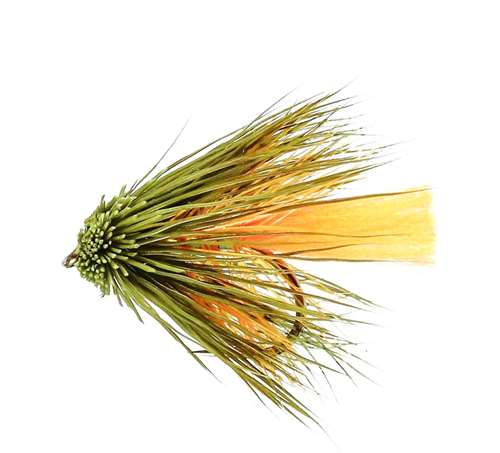
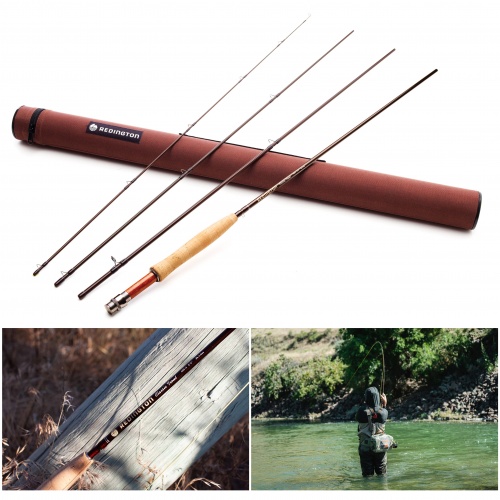


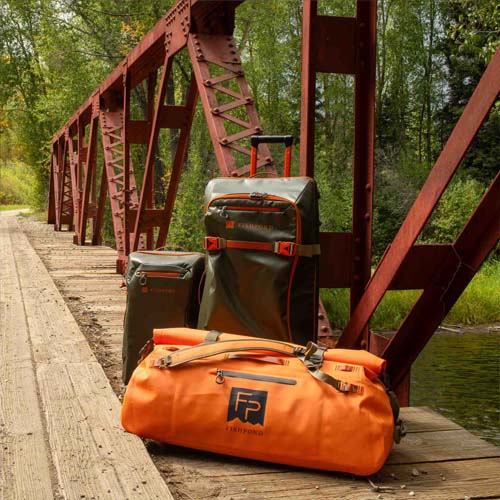



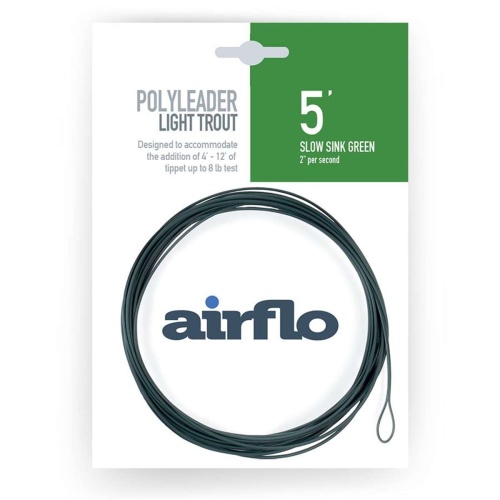
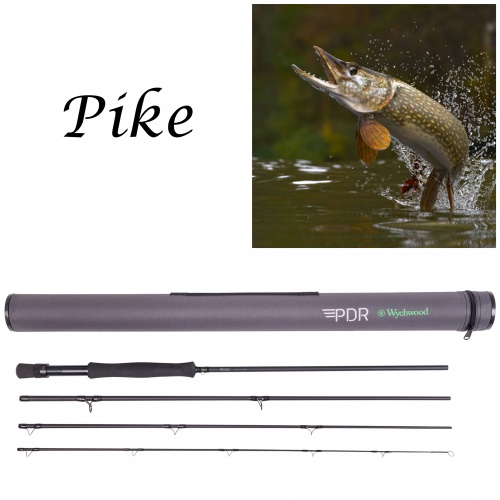
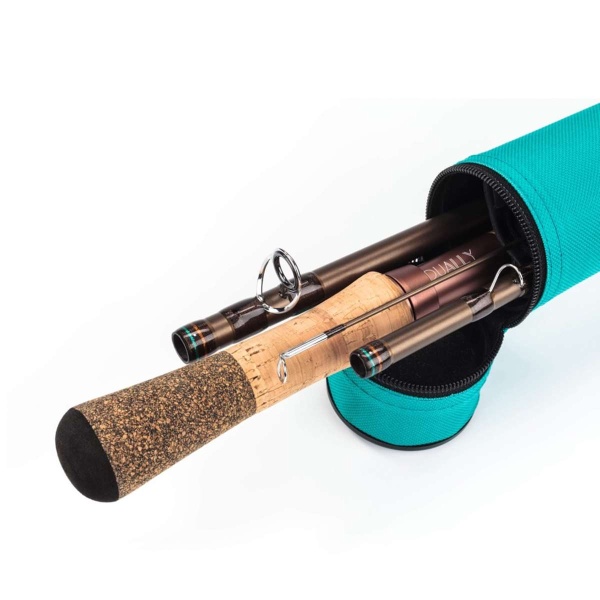
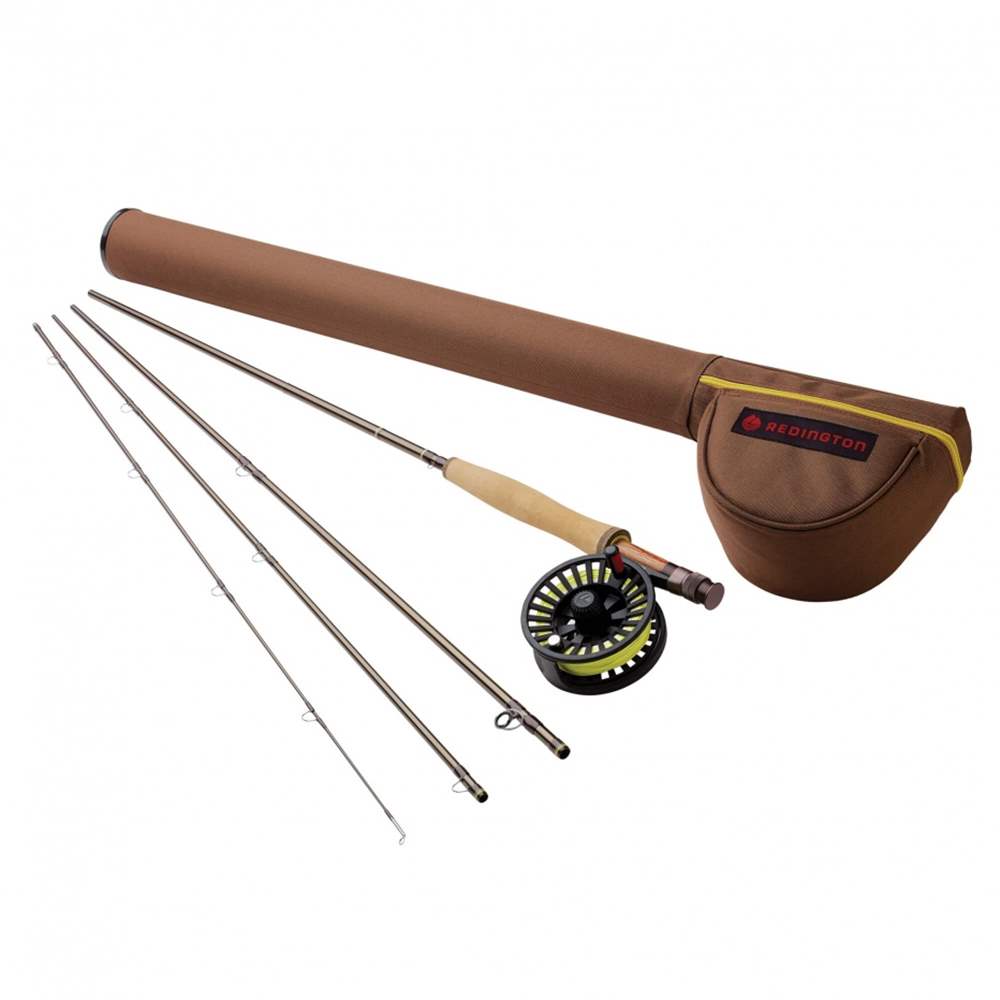
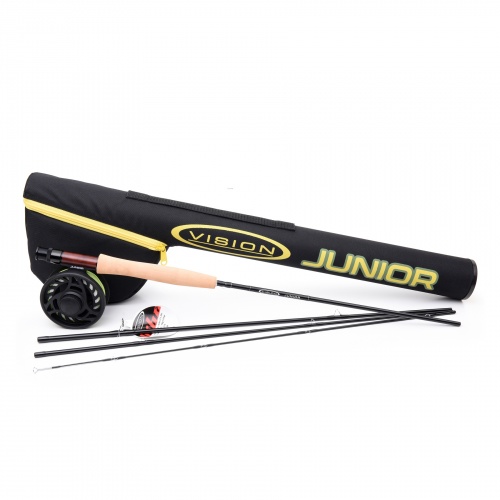
.jpg)
.jpg)
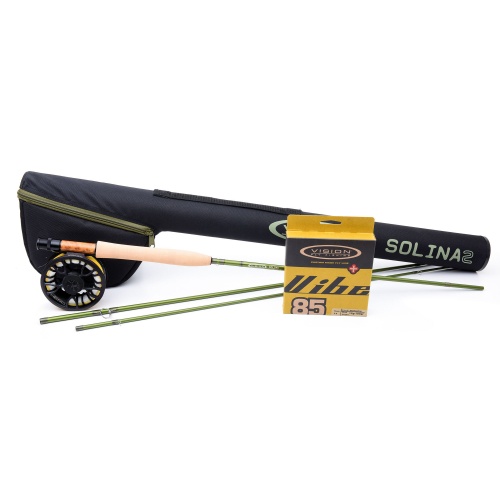

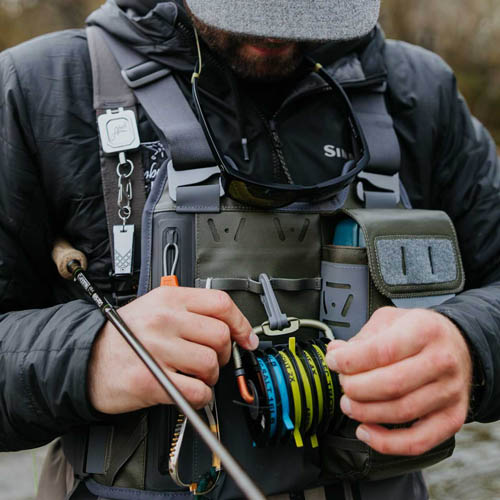
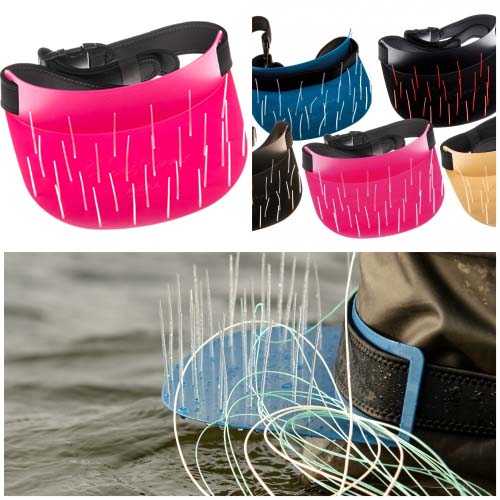
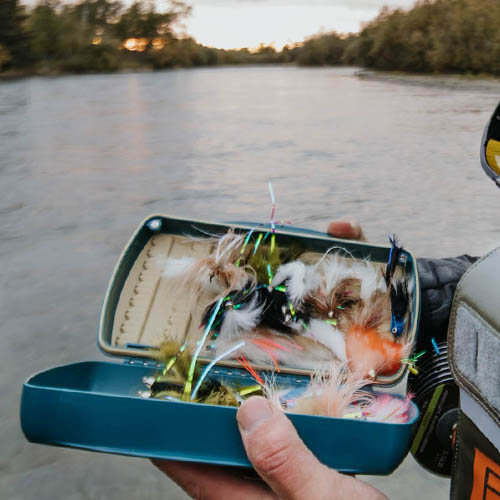
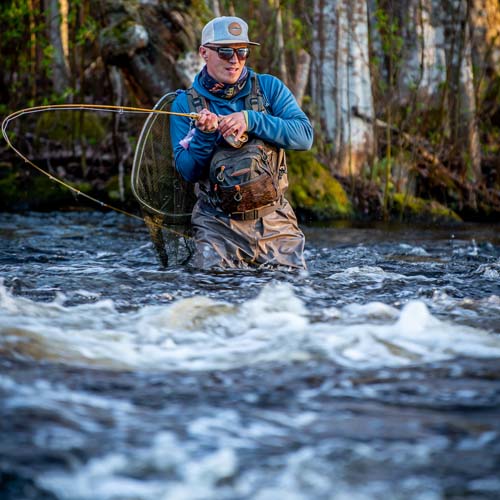
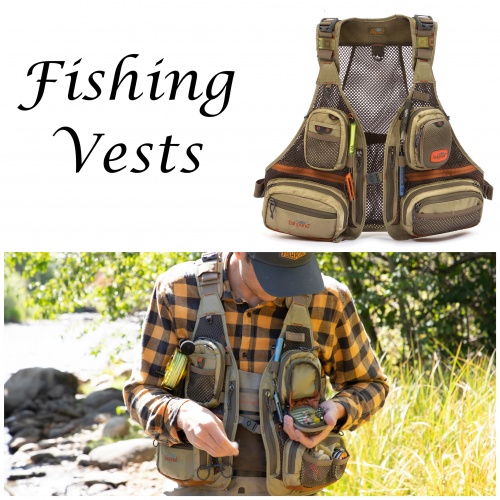
Very well explained and helpful things are much clearer now